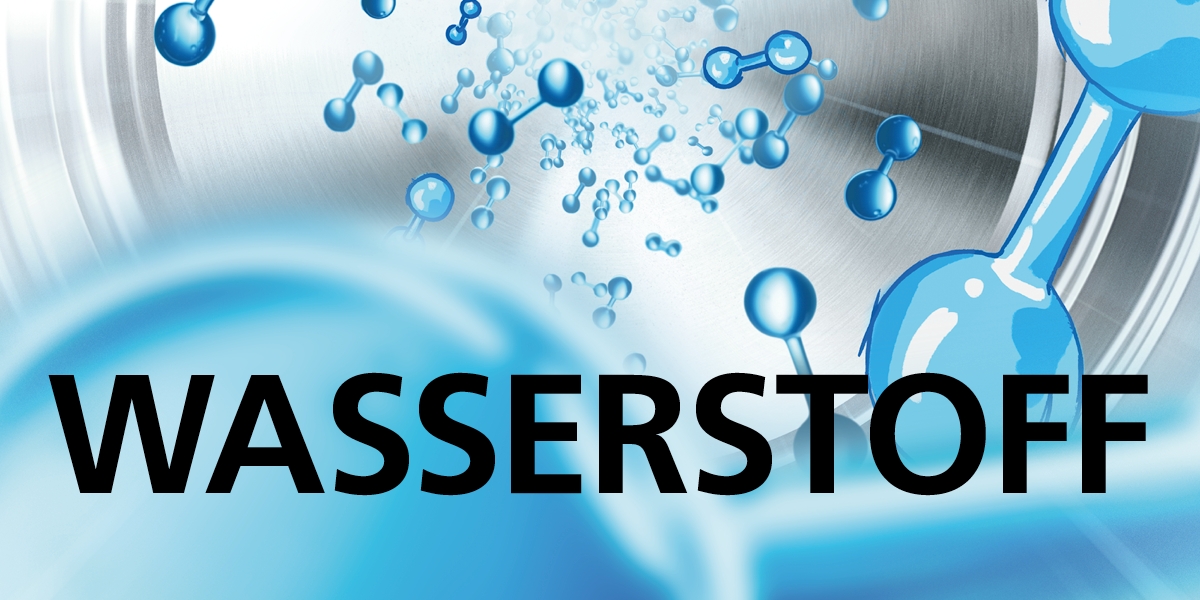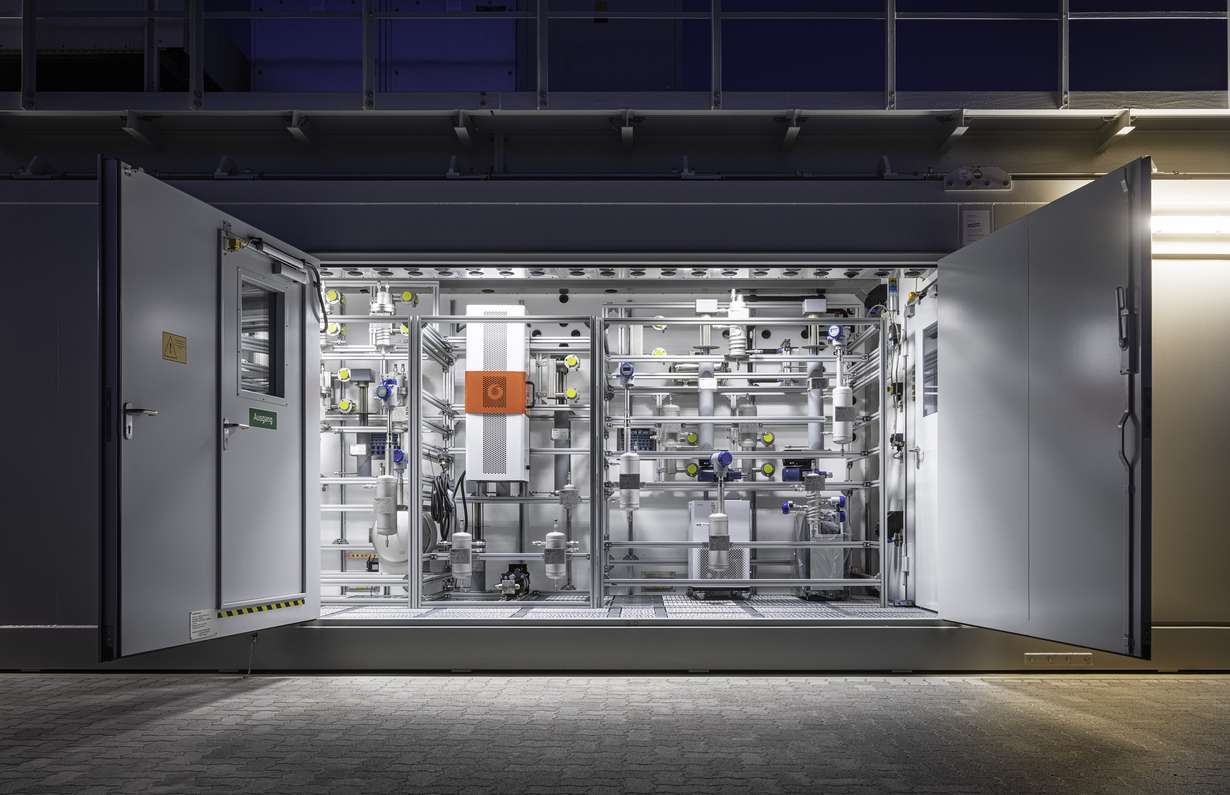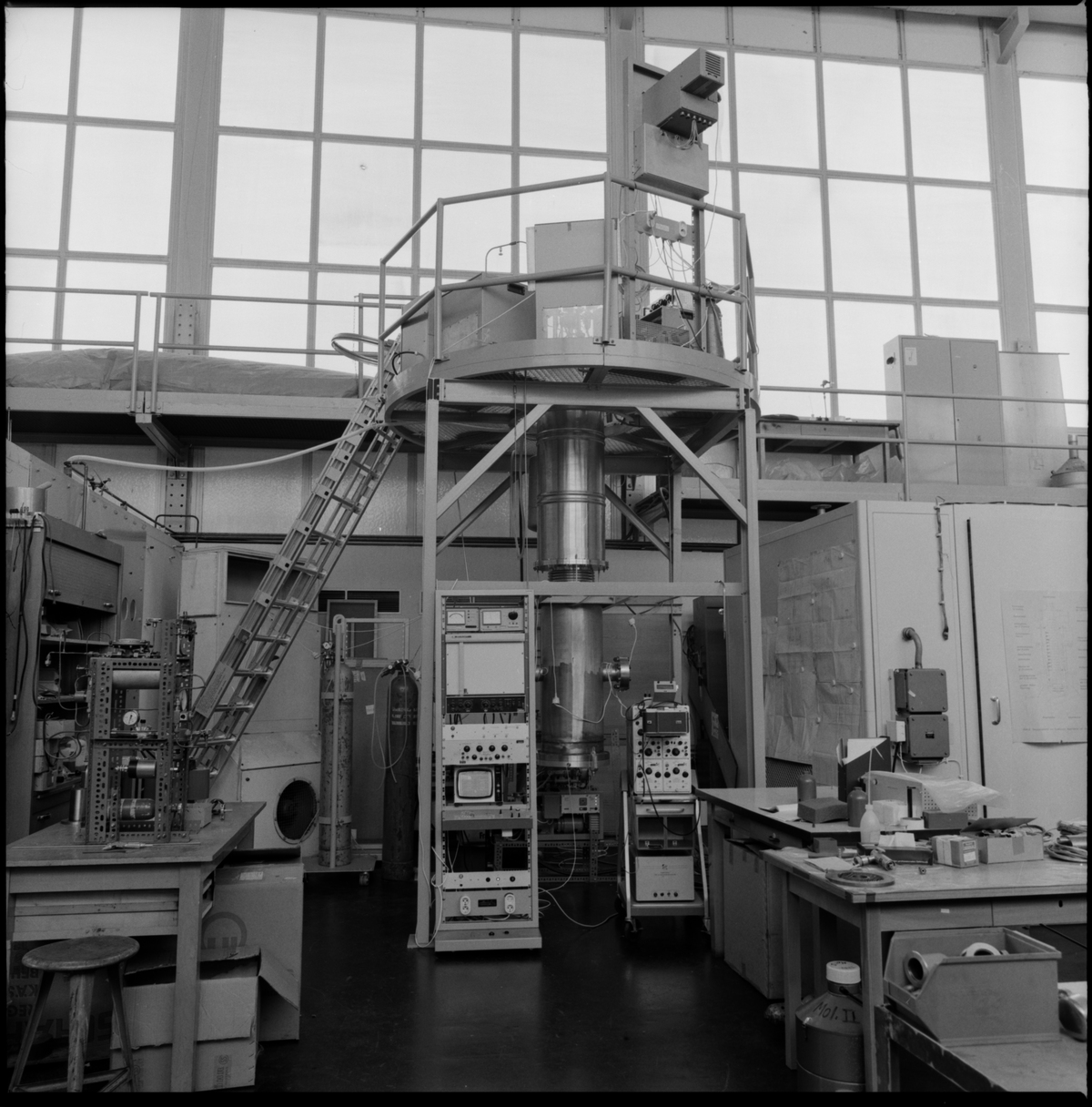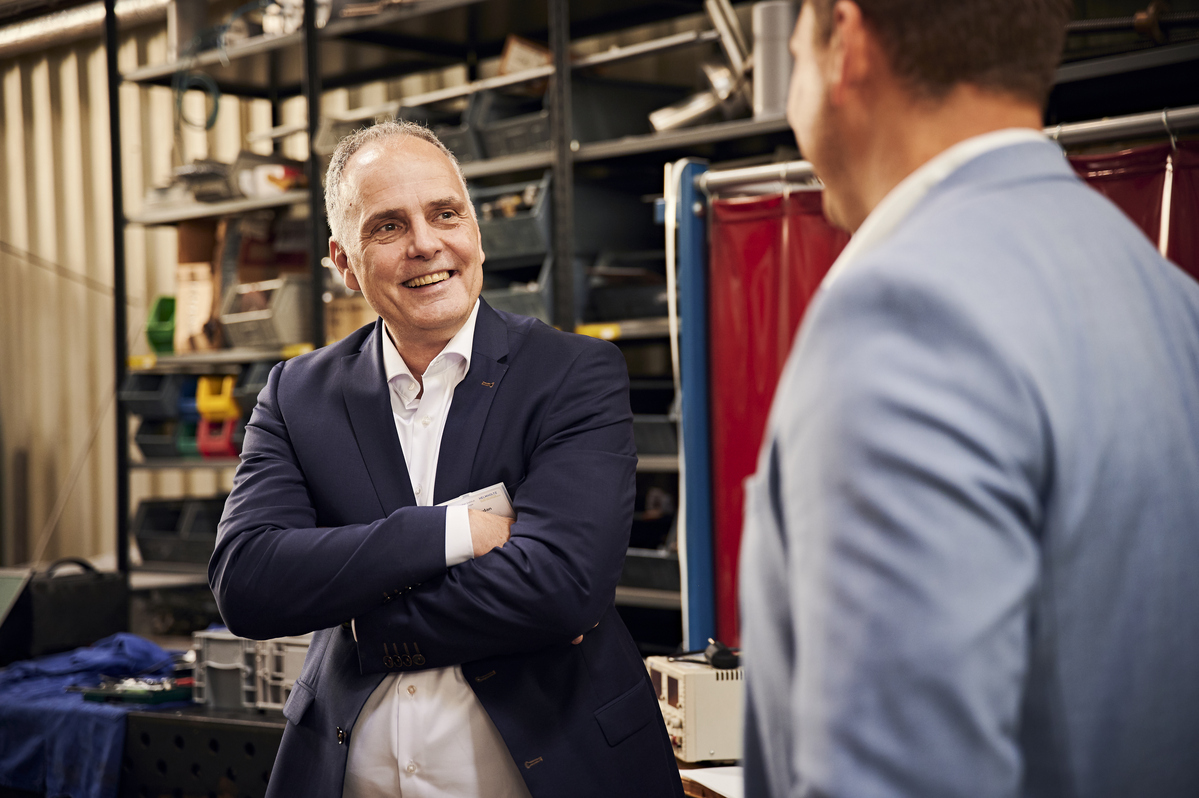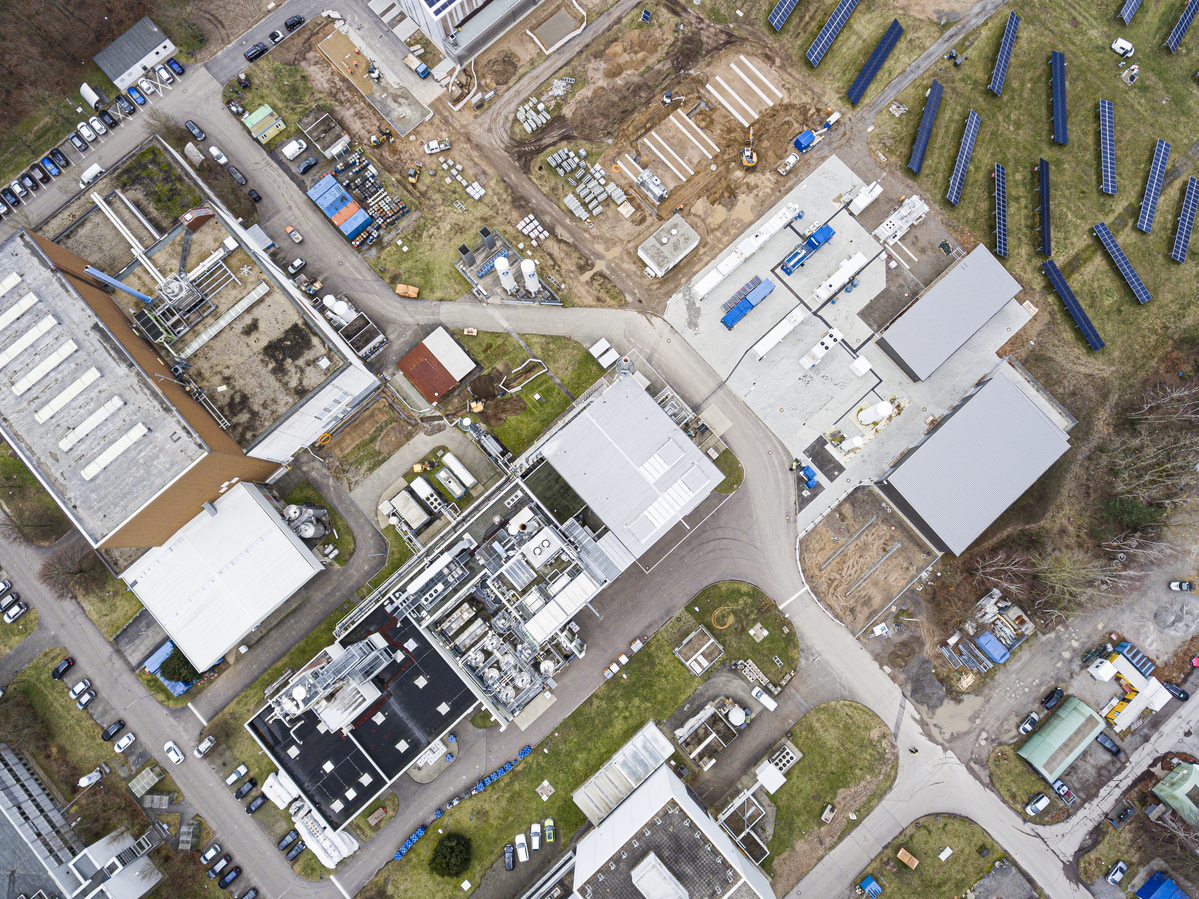Prototypes of Hydrogen Cars and Aircraft Already in the 1970s
This insight is not exactly new: Hydrogen was discovered as early as in 1766 by the English chemist Henry Cavendish and it was named by Antoine Lavoisier in 1787. The founder of modern chemistry realized that the combustion of this energy-rich gas produces water and thus called it “hydrogène” in French, derived from the Latin word “hydrogenium”, which means “water-forming substance”. In the first half of the 20th century, hydrogen was produced from gasified coal and added as a major component to the gas mixture used for street lighting and the heating of houses in the city gas network of the Ruhr industrial area in Germany.
The significance of hydrogen for mobility was recognized especially during the energy crisis of the 1970s. In order to reduce the dependency on oil imports, prototypes of hydrogen-operated road and rail vehicles as well as aircraft were developed, among others, by KIT’s predecessor institutions. “A drive concept for a hydrogen bus with a fuel cell was developed at the then Kernforschungszentrum Karlsruhe,” Jordan says. Major car manufacturers started producing and promoting small series of hydrogen-powered cars – often subsidized by public funds. “In many cases, these concepts were buried in the files, as this technology was considered too expensive,” states the hydrogen expert. The challenges driven by the climate crisis and by gasoline prices of more than two euros per liter have changed this perception.
Green Hydrogen: a Scarce Resource
One problem is that green hydrogen is in short supply: “The hydrogen economy distinguishes between green hydrogen from renewable sources such as the sun, biomass, or wind, and gray hydrogen produced from fossil raw materials,” explains Jordan. Even today, large quantities of hydrogen, namely about 120 million tons per year, are produced worldwide for commercial purposes. “Admittedly, more than 99 percent of this is gray hydrogen produced with an enormous ecological footprint: The emissions amount to ten tons of climate-harmful CO2 per ton of hydrogen produced.”
A substantial proportion is caused by the petrochemical industry where the hydrogen obtained is immediately used for refining oil into gasoline, diesel, or kerosene. “We see that there is a great CO2 reduction potential by replacing conventionally produced hydrogen with green hydrogen,” concludes Jordan. The scientist complains that a hydrogen-friendly legislation that could promote progress on the “royal road” to green hydrogen production using green current and electrolysis is still missing in Germany. Another problem besides the required quantities of suitable electricity is the lack of capacities for electrolysis-based hydrogen production.
Infrastructure Expansion Is Linked with Some Challenges
Safety aspects might be another obstacle, even though handling of hydrogen is not automatically more dangerous than handling other energy carriers such as gasoline or electricity, Jordan emphasizes. Hydrogen produced at decentralized locations using renewables, or in other countries where sun and wind are abundant, might be transported safely using existing gas pipelines, or in liquefied form on ships like CNG. “Here, the experts are already working on a solution to make transport to Germany and within the country safer,” says Jordan who has been doing research on the safe use of hydrogen for many years.
However, distribution to private consumers is not widespread yet: Due to its low specific weight, the storage and transport of hydrogen require a lot of space, ultra-low temperatures, or high pressures of up to 1000 times ambient pressure. So far, only 100 hydrogen filling stations offering compressed hydrogen exist all over Germany – one of them used for refilling two hydrogen-operated shuttle buses can be found at KIT. “Cryogenic or liquefied hydrogen is not available yet at any of these public filling stations,” Jordan says. Big storage tanks, which would be required for large-scale distribution via filling stations, are also rarely found.
Jordan points out that upscaling the hydrogen economy also means that technical laypersons would have to handle hydrogen. Whether during refilling the car or in the basement at home where electric current generated via fuel cells or cogeneration can be fed into the grid upon demand – consumers would have immediate contact with the new energy carrier. This entails an even better understanding of the behavior of hydrogen in case of everyday accidents. Jordan also calls for fault-tolerant technologies, the greatest possible transparency, and comprehensive communication to accompany the extension of the technical infrastructure: “Hydrogen not only requires acceptance, but also trust.”
Felix Mescoli, January 18, 2023

